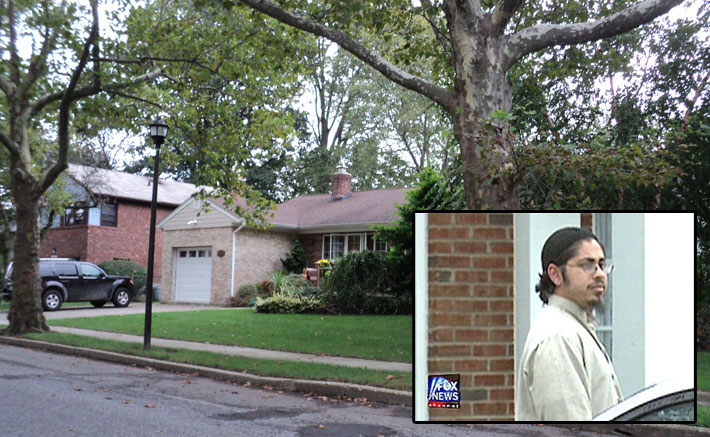The Morelly Homeland Security Center in Bethpage, a new public-private research and development lab, showed off some of its wares Thursday as one of Long Island’s congressional representatives announced that the center is expected to get an infusion of federal funding that will help bring on more researchers.
U.S. Rep. Steve Israel (D-Huntington) said $1 million is earmarked for the center in the Department of Homeland Security Appropriations Act. The funds will create up to 15 jobs at the center’s Homeland Security Research, Development and Manufacturing Consortium, which aims to adapt next-generation technologies to be used by first responders in case of a terrorist attack or natural disaster.
The 90,000-square foot center would also double as a “command and control” hub in the event of a major disaster in New York.

U.S. Rep. Steve Israel announces $1 million in federal funding for homeland security technology initiative on Long Island at the Long Island Forum for Technology in Bethpage on Thursday, July 8, 2010. Photo by: Amanda Marzullo
“We are at constant risk of attack,” said Israel. “We have to use all the tools in our tool box to protect ourselves.”
[popup url=”http://assets.longislandpress.com/photos/gallery.php?gazpart=view&gazimage=5567″]![]() Click here to view more photos of the announcement. [/popup]
Click here to view more photos of the announcement. [/popup]
The recent Times Square bomber shows that the New York area is still at the risk of a terrorist attack. “This facility is an important way to continue developing technologies to improve our security, while supporting jobs and businesses in our community,” Israel said.
A $2 million federal investment helped start the center, located at a former Northrop Grumman site where scientists built the spacecraft that carried men to the moon. The center is run by the not-for-profit Long Island Forum for Technology, which partners with local companies, organizations, universities and the National Laboratory Systems.
The first company to begin conducting research in the lab, Balfour Technologies, demonstrated its patented fourDscape technology, a browser that integrates data from disparate sources—such as security cameras and floor plans—and presents it in one virtual scene that allows users to gain perspective. The goal is to load this technology onto mobile units and other devices to provide easy access for first responders in times of need.
“It can’t be too difficult to use,” said Dr. Robert Balfour, Chief Technology Officer. Researchers are not only working to make the technologies user-friendly, but also make them less costly and better suited for mass production.
After the demo, Israel said, “ This really puts Long Island on the map.”





